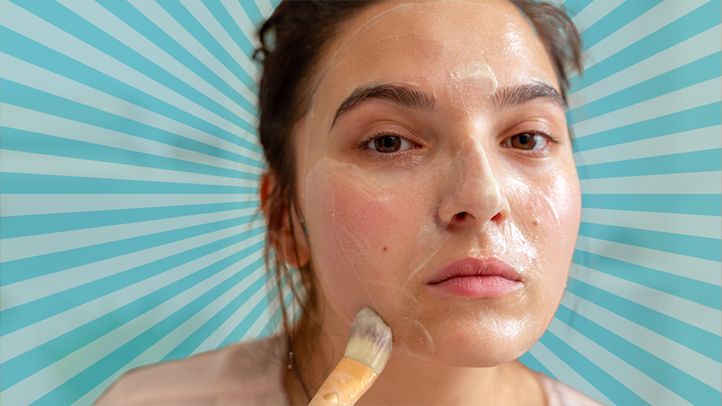What’s more, fish is packed with nutrients that are great for overall health. So, if you’re looking to give your skin a boost, start incorporating fish into your meals. Here are some delicious recipes to get you started.
Eat fish rich in omega-3 fatty acids to help reduce acne and improve skin elasticity
If you’re looking for a way to improve your skin’s appearance, consider adding some fatty fish to your diet! Omega-3 fatty acids are great for helping reduce acne and improving the elasticity of your skin. Adding some wild salmon, tuna, mackerel, or trout to your meals twice a week can be an affordable and convenient way to get more of these essential nutrients into your body. It may not be an instant remedy, but if used consistently over time it can help improve your skin’s health in the long run. So why not give it a try?
Salmon, tuna, sardines, and herring are all good sources of omega-3s
Omega-3s are essential for your body to remain healthy and these important fatty acids are mainly found in fish. The great thing about seafood is that there are so many types to choose from, such as salmon, tuna, sardines, and herring, which all provide great sources of omega-3.
All four of these fish varieties are packed with vital nutrients and plenty of those beneficial omega-3s, making them excellent additions to your diet. Whether you like baked or fried fillets or even canned fish in water for a quick snack, you can be sure you’ll be getting a well-rounded serving of the essential fatty acids needed to maintain good physical and mental health.
Omega-3s can also be found in flaxseeds, chia seeds, and walnuts
Omega-3s are essential nutrients for the body, and luckily they can be found in a variety of foods. If you want to get your daily dose of Omega-3s without taking a supplement, try adding flaxseeds, chia seeds, or walnuts to your diet! All three are great sources of these healthy fatty acids and are easy to incorporate into almost any meal.

Flaxseeds can be added as is or ground up for an easy topping on yogurt or salads. Chia seeds make an excellent addition to smoothies, baked goods, and cereal; and walnuts provide flavor and crunch when added to fruit salads or nut mixes. With so many options available, you have no excuse to pass up on the beneficial properties of Omega-3s!
Include omega-3s in your diet by eating fish at least twice a week or taking a supplement
Eating fish is an easy way to get a healthy dose of omega-3 fatty acids, which have been linked to heart health and decreased inflammation. Research suggests that replacing other foods in the diet with fish could help decrease the risk of chronic diseases, but even just adding one or two servings of it into your week can make a difference.
If you don’t like fish or don’t have access to it, you can still make sure to get your omega-3s by taking a daily supplement. Doing this along with eating regular healthy meals and exercising can help ensure that you’re getting all the nutrients necessary for good physical and mental health.
You should see improvements in your skin within a few weeks of starting an omega-3-rich diet
If you’re looking for an easy and natural way to refresh your skin, try adding foods rich in omega-3 fatty acids to your diet! Within a few weeks of making this change, you should expect to see an improvement in your skin’s glow and texture- not to mention plenty of other health benefits.
Omega-3 fatty acids can help reduce inflammation throughout the body and act as antioxidants to protect against free radicals, which can cause premature wrinkles. Plus, if your body isn’t getting enough omega-3 fatty acids it may be more difficult for it to retain moisture, leaving skin dry and dull. Adding omega-3-rich foods like salmon, tuna, spinach, chia seeds, and walnuts is definitely a step towards healthier skin that you won’t regret taking!
In conclusion, if you’re looking to improve your skin health, including more omega-3 fatty acids in your diet may be a great place to start. More specifically, focus on adding fish such as salmon, tuna, sardines, and herring to your meals twice a week. If you don’t have access to fresh fish, you can also choose plant-based sources such as flaxseeds and chia seeds.
Additionally, taking an omega-3 supplement is another option that may help support your efforts. Be sure to keep track of how your skin looks over the next few weeks or months so you know what changes might correlate with adopting an omega-3-rich diet. No matter the route you go for getting omega-3s into your system, it’s likely that not only will it help improve the appearance of acne but potentially other skin conditions as well!



